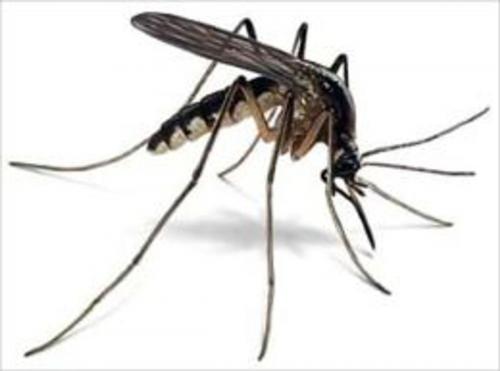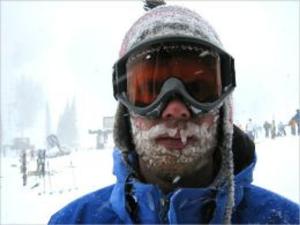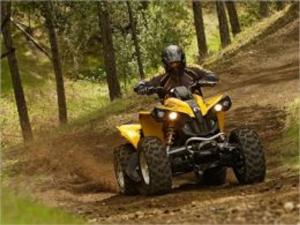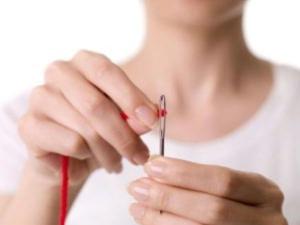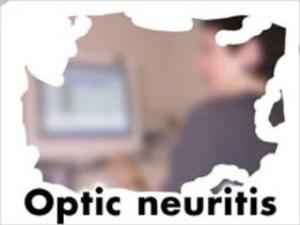A Crash Course on How to Get Rid of Mosquitoes
Nonfiction, Science & Nature, Nature, Insects & Spiders, Home & Garden, The Home, Cleaning & Caretaking| Author: | Steve Reeves | ISBN: | 1230000105266 |
| Publisher: | Axel Publishing | Publication: | February 9, 2013 |
| Imprint: | Language: | English |
| Author: | Steve Reeves |
| ISBN: | 1230000105266 |
| Publisher: | Axel Publishing |
| Publication: | February 9, 2013 |
| Imprint: | |
| Language: | English |
A Crash Course on How to Get Rid of Mosquitoes
Mosquitoes undergo four distinct life cycle stages: egg, larval, pupal and adult. The length of the first three stages varies by species and depends upon environmental conditions. Some mosquitoes have a life span of only four days, while others survive winter to lay eggs in spring.
Mosquitoes are members of the order Diptera, along with flies and gnats. They have one pair of wings with halteres. Their bodies are slender with long legs. Size varies with species, but most mosquitoes measure less than 15 millimeters in length and weigh approximately 2 milligrams.
Male mosquitoes do not extract blood from victims; only the female mosquito is equipped with the piercing-sucking mouthparts. A female specimen possesses a serrated proboscis, which reduces nerve stimulation in bite victims. Protein from collected blood is used to develop mosquito eggs. However, some mosquitoes do not feed upon animal hosts, instead consuming the larvae of other mosquitoes. In areas with high infestation rates, these mosquitoes may be used to control other mosquito populations.
Mosquito bites result in red, white-ringed bumps that may bleed if scratched. While the bite of a mosquito is rarely painful, these insects are vectors of many important diseases such as malaria, dengue fever and the West Nile Virus. They also carry several encephalitis strains and transmit heartworms to cats and dogs. In tropical countries where they are virtually uncontrolled, mosquitoes can be responsible for deadly disease outbreaks.
Mosquitoes do not feed on blood, but collect it in order to use its protein in developing eggs. Most mosquitoes prefer birds and herbivorous mammals other than humans as hosts. However, there are some mosquito species that do not collect blood at all. Mosquitoes may feed on flower nectars and juices, as well as decaying matter.
Mosquitoes typically remain within a one-mile radius of their breeding site. A female mosquito can produce up to 300 eggs at one time and can produce up to 3,000 eggs throughout her life. Mosquito eggs develop into adulthood in ten to fourteen days.
Mosquitoes have poor eyesight. They cannot see objects more than 30 feet away from them and cannot easily distinguish between objects of similar size and shape. However, their sense of smell is highly efficient and they can locate hosts within a wide area. Their antennae also contain sensitive thermal receptors, which are used to locate blood near skin surfaces.
Scroll up... and click on "Buy Now" to deliver almost instantly to your Kobo or other reading device.
A Crash Course on How to Get Rid of Mosquitoes
Mosquitoes undergo four distinct life cycle stages: egg, larval, pupal and adult. The length of the first three stages varies by species and depends upon environmental conditions. Some mosquitoes have a life span of only four days, while others survive winter to lay eggs in spring.
Mosquitoes are members of the order Diptera, along with flies and gnats. They have one pair of wings with halteres. Their bodies are slender with long legs. Size varies with species, but most mosquitoes measure less than 15 millimeters in length and weigh approximately 2 milligrams.
Male mosquitoes do not extract blood from victims; only the female mosquito is equipped with the piercing-sucking mouthparts. A female specimen possesses a serrated proboscis, which reduces nerve stimulation in bite victims. Protein from collected blood is used to develop mosquito eggs. However, some mosquitoes do not feed upon animal hosts, instead consuming the larvae of other mosquitoes. In areas with high infestation rates, these mosquitoes may be used to control other mosquito populations.
Mosquito bites result in red, white-ringed bumps that may bleed if scratched. While the bite of a mosquito is rarely painful, these insects are vectors of many important diseases such as malaria, dengue fever and the West Nile Virus. They also carry several encephalitis strains and transmit heartworms to cats and dogs. In tropical countries where they are virtually uncontrolled, mosquitoes can be responsible for deadly disease outbreaks.
Mosquitoes do not feed on blood, but collect it in order to use its protein in developing eggs. Most mosquitoes prefer birds and herbivorous mammals other than humans as hosts. However, there are some mosquito species that do not collect blood at all. Mosquitoes may feed on flower nectars and juices, as well as decaying matter.
Mosquitoes typically remain within a one-mile radius of their breeding site. A female mosquito can produce up to 300 eggs at one time and can produce up to 3,000 eggs throughout her life. Mosquito eggs develop into adulthood in ten to fourteen days.
Mosquitoes have poor eyesight. They cannot see objects more than 30 feet away from them and cannot easily distinguish between objects of similar size and shape. However, their sense of smell is highly efficient and they can locate hosts within a wide area. Their antennae also contain sensitive thermal receptors, which are used to locate blood near skin surfaces.
Scroll up... and click on "Buy Now" to deliver almost instantly to your Kobo or other reading device.
